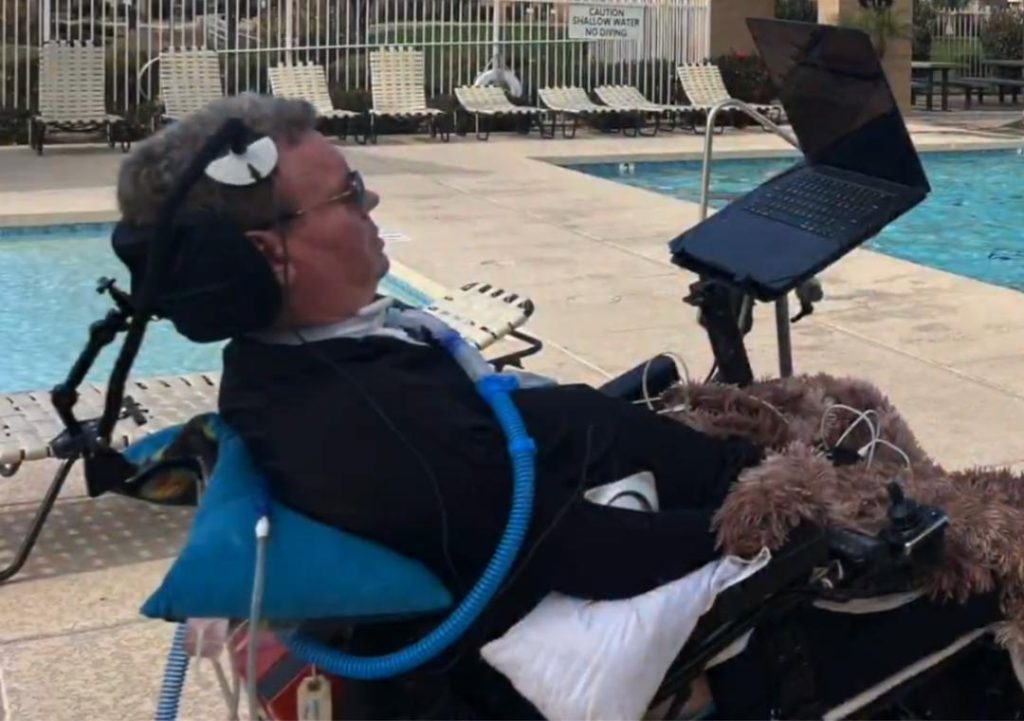
Third Neuralink Brain Implant Patient Communicates Despite ALS
The world of technology has taken another significant leap forward with the latest development from Neuralink, a neurotechnology company founded by Elon Musk. The company has successfully implanted its brain-computer interface (BCI) in the third patient, Brad Smith, who is suffering from non-verbal Amyotrophic Lateral Sclerosis (ALS). This groundbreaking achievement has enabled Smith to communicate with the world despite his debilitating condition.
ALS, also known as Lou Gehrig’s disease, is a progressive neurological disorder that affects the nerve cells responsible for controlling voluntary muscle movements. As the disease progresses, patients often lose the ability to speak, write, and perform daily tasks. However, Neuralink’s innovative technology has given Smith a new lease on life, allowing him to interact with the world in ways he thought were impossible.
The implant, which is tiny and flexible, is designed to read and write neural signals. Smith’s brain signals are transmitted to his MacBook Pro, enabling him to control the computer’s cursor with his tongue. This revolutionary technology has given him the ability to communicate with others, type emails, and even access the internet.
In an interview, Smith expressed his gratitude for the technology, saying, “I’m just so grateful to have this technology. It’s given me my voice back, and I can communicate with my family and friends again.” He also mentioned that the technology has helped him to stay connected with his loved ones, which was crucial in times of need.
The implantation process, which was performed by a team of experts at Neuralink, involved several steps. First, Smith’s skull was implanted with a small chip that serves as a receiver for the neural signals. Next, a thin, flexible wire was inserted into his brain, allowing the signals to be transmitted to the computer.
The technology’s ability to decode and interpret neural signals is what sets it apart from other brain-computer interfaces. Neuralink’s system uses advanced algorithms to translate the brain signals into commands that the computer can understand. This allows Smith to control the cursor with precision, making it possible for him to type messages and emails.
The company’s goal is to develop a high-bandwidth interface that can support a wide range of applications, including gaming, virtual reality, and even telepathy. While the technology is still in its early stages, the results are promising, and Neuralink is working towards making it available to the general public in the future.
Neuralink’s brain-computer interface has the potential to revolutionize the way we interact with technology. Imagine being able to control your computer, phone, or even your home appliances with just your thoughts. The possibilities are endless, and Neuralink is at the forefront of this technological revolution.
In conclusion, the success of Neuralink’s brain-computer interface in enabling Brad Smith to communicate despite his ALS diagnosis is a significant milestone in the field of neurotechnology. This technology has the potential to change the lives of millions of people around the world who are suffering from debilitating conditions. As Neuralink continues to develop and refine its technology, we can expect to see even more remarkable achievements in the years to come.






